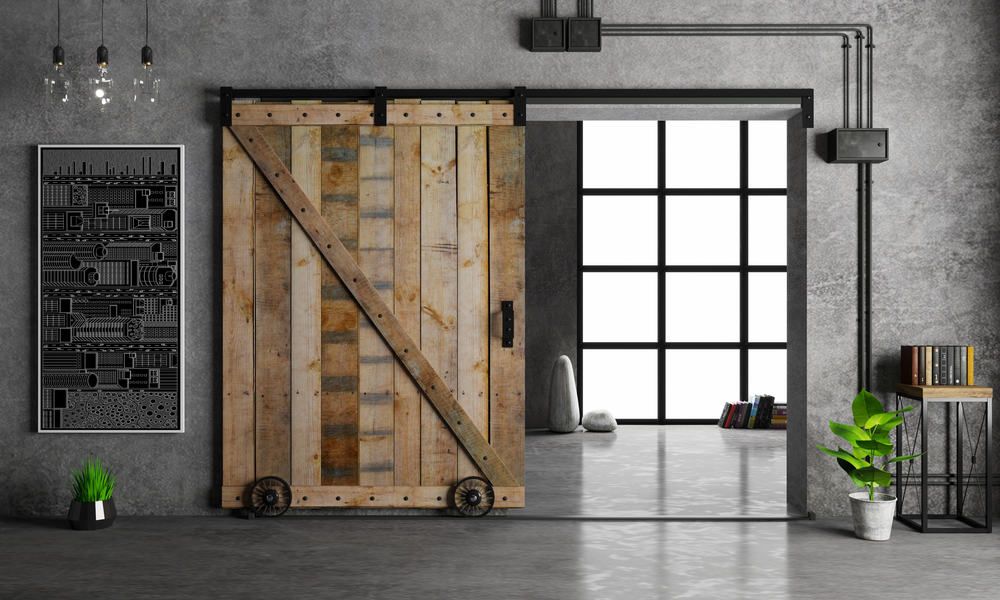The realm of DIY projects can be daunting, yet equally rewarding – especially for those venturing into it for the first time. Nevertheless, even seasoned DIY enthusiasts sometimes find themselves stuck with complicated projects that demand more advanced hardware. But what if we told you that you don’t necessarily need high-tech, specialised equipment for such projects?
In the points below, we’ll discuss how to unlock the potential of basic hardware to accomplish advanced DIY projects. This will include tips, tricks, and step-by-step instructions to guide you through the process.
Understand Your Project
Before starting, it’s crucial to fully understand the nature of your project. This means evaluating its complexity and identifying the hardware tools required. Whether it’s carpentry, plumbing, or any other DIY project, a clear comprehension of the task at hand is the first step towards success. Remember, it’s the skills you cultivate and the resourcefulness you demonstrate that transform basic tools into advanced hardware.
Choosing the Right Hardware
The magic of DIY projects lies not just in their execution but also in their preparation. If you’re unsure about the tools you need, homebuildershardware.com is an excellent place to start. They offer a wide range of basic hardware, each with detailed descriptions and usage suggestions. By carefully selecting your tools, even the simplest of hardware can become advanced in your hands.
Screwdrivers & Hammers
Screwdrivers and hammers are two basic tools with countless applications. For instance, in a custom shelving project, different screwdriver heads can fit various types of screws, eliminating the need for a power drill. Similarly, a claw hammer can function both as a nail driver and remover, making it a versatile addition to your toolbox.
Saws
While power saws are effective, they’re not always necessary. A good handsaw or hacksaw can work wonders in most wood and metal projects, with some skill and patience. The key is in the technique and choosing the right saw for the material at hand.
Clamps
Clamps, while often overlooked, can serve as your third hand in many projects. They are invaluable when you need to hold workpieces steady or secure parts while the adhesive sets. With different types and sizes available, clamps can significantly increase the functionality of your basic toolbox.
Mastering Techniques
The mastery of techniques is where basic hardware transcends its ‘basic’ status.
Measuring & Marking
When it comes to DIY projects, the adage “measure twice, cut once” can never be overstressed. Accurate measuring and marking are key to a professional finish. Simple tools like tape measures, rulers, and carpenter’s squares, when used effectively, can yield precise results.
Joining Techniques
Various joining techniques such as screws, nails, dowels, or glue can be executed with basic tools, negating the need for advanced machinery. By learning and mastering these techniques, you can create sturdy and reliable constructions.
Finishing Techniques
Achieving a clean, professional finish often involves sanding, painting, or varnishing your projects. Sandpaper, paintbrushes, and rags may be simple tools, but when used correctly, they can provide a finish comparable to any professional job.
Final Thoughts
Advanced DIY projects do not necessarily require advanced hardware – often, it’s the creativity, skill, and technique of the builder that make a project successful. By learning to use basic hardware effectively, you can not only save money but also experience the satisfaction of creating something impressive with your own hands.
So, the next time you find yourself tackling an advanced DIY project, know that your basic hardware toolkit is more powerful than you think.





